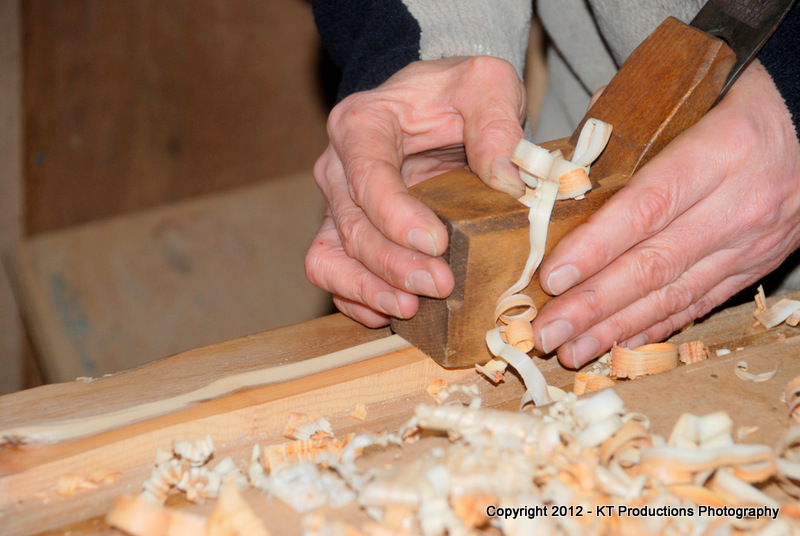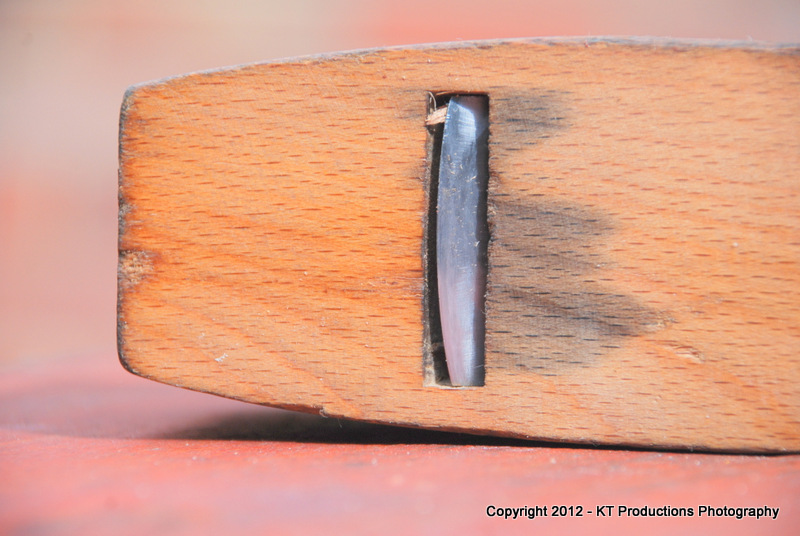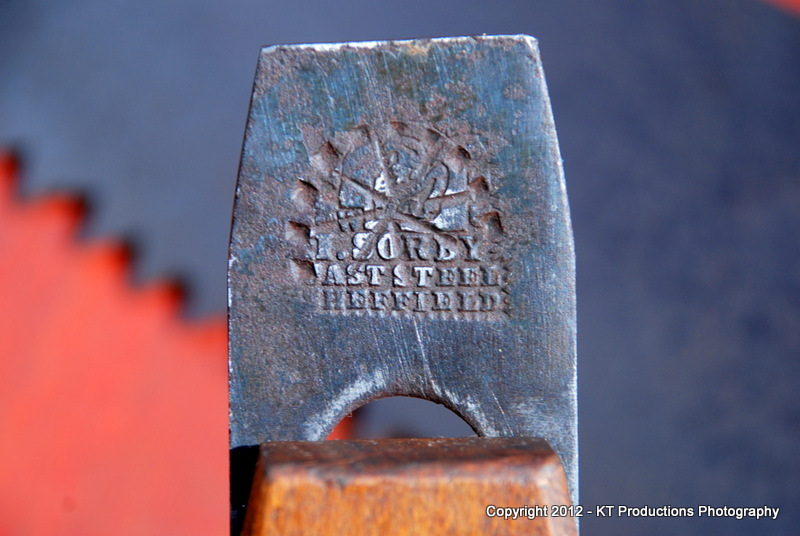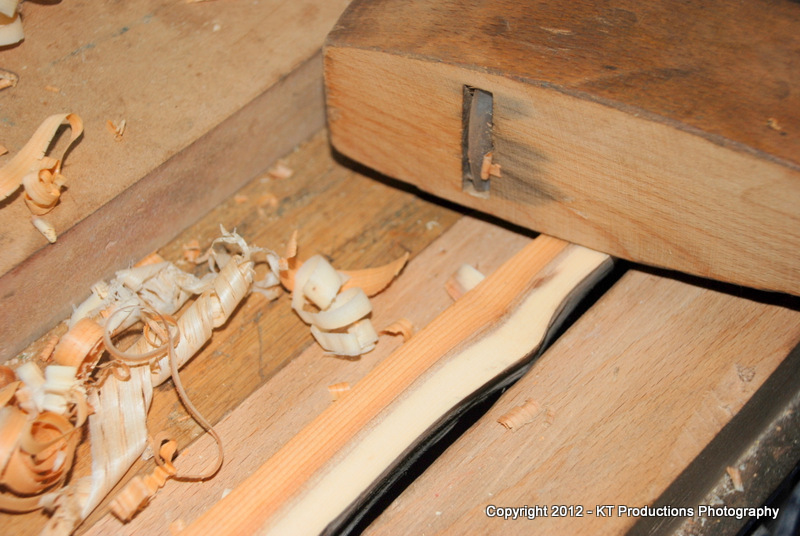condeesteso
Established Member
[/quote]bugbear":2fijp39b said:Is that single or double iron? Who did the conversion (cambering of the iron)?
BugBear
It's a single - came to me like this, I just honed it a tiny bit. Jim may know more but I assume you mean it was originally a standard block and got re-profiled some time?
I will do a test piece and post a pic - it shifts stock very fast, and leaves a really attractive scalloped finish... if you like that kind of thing




































